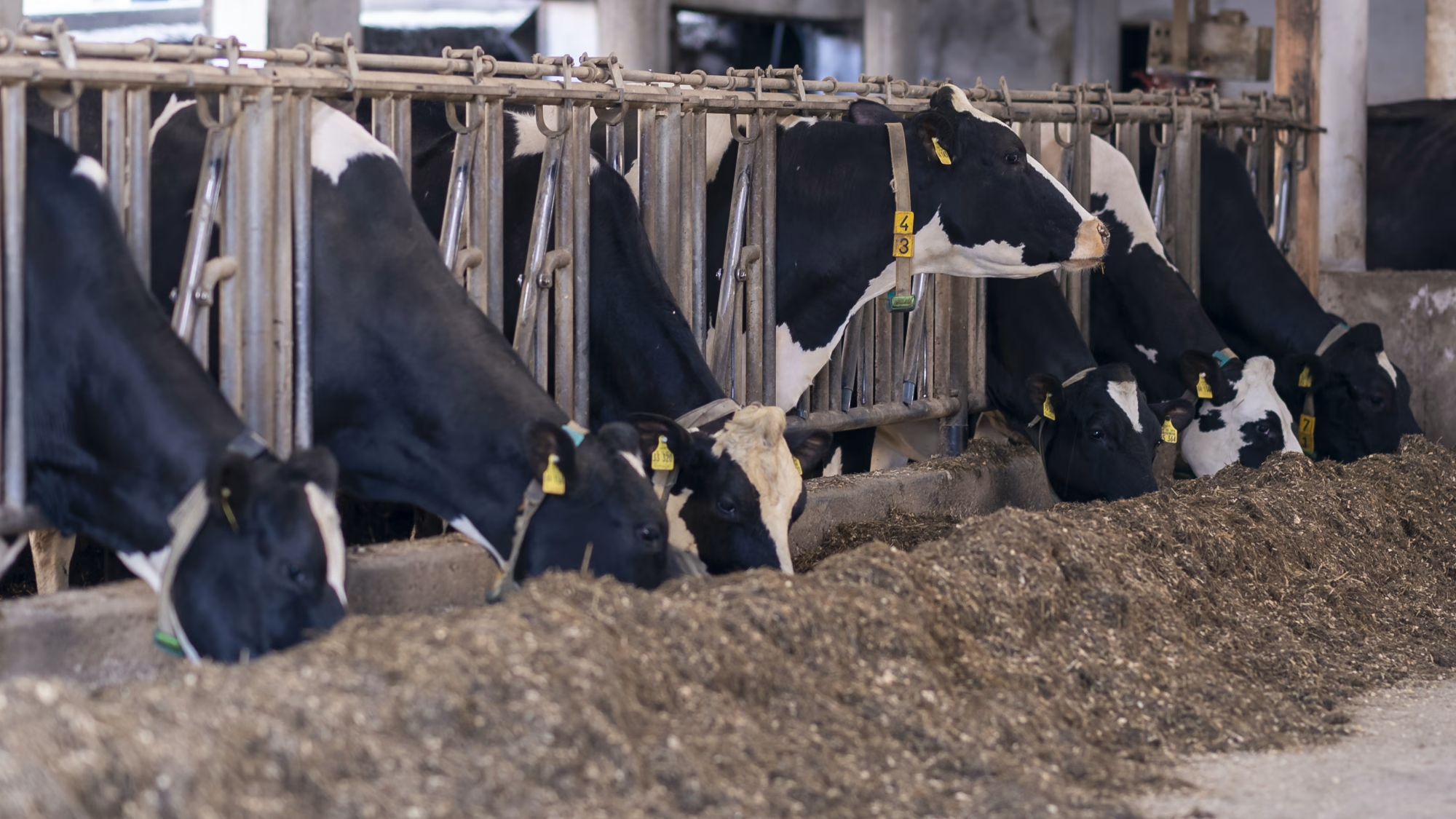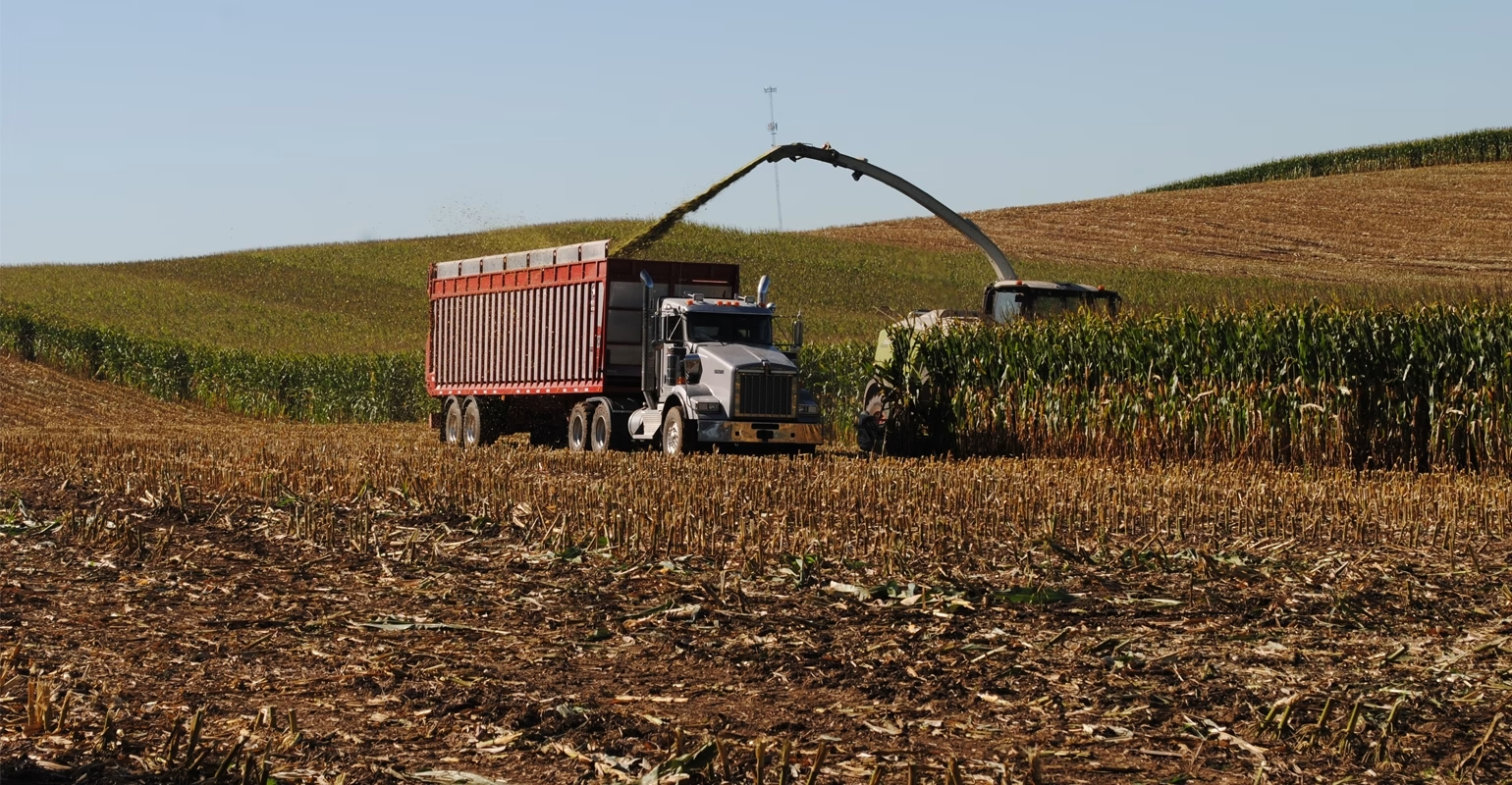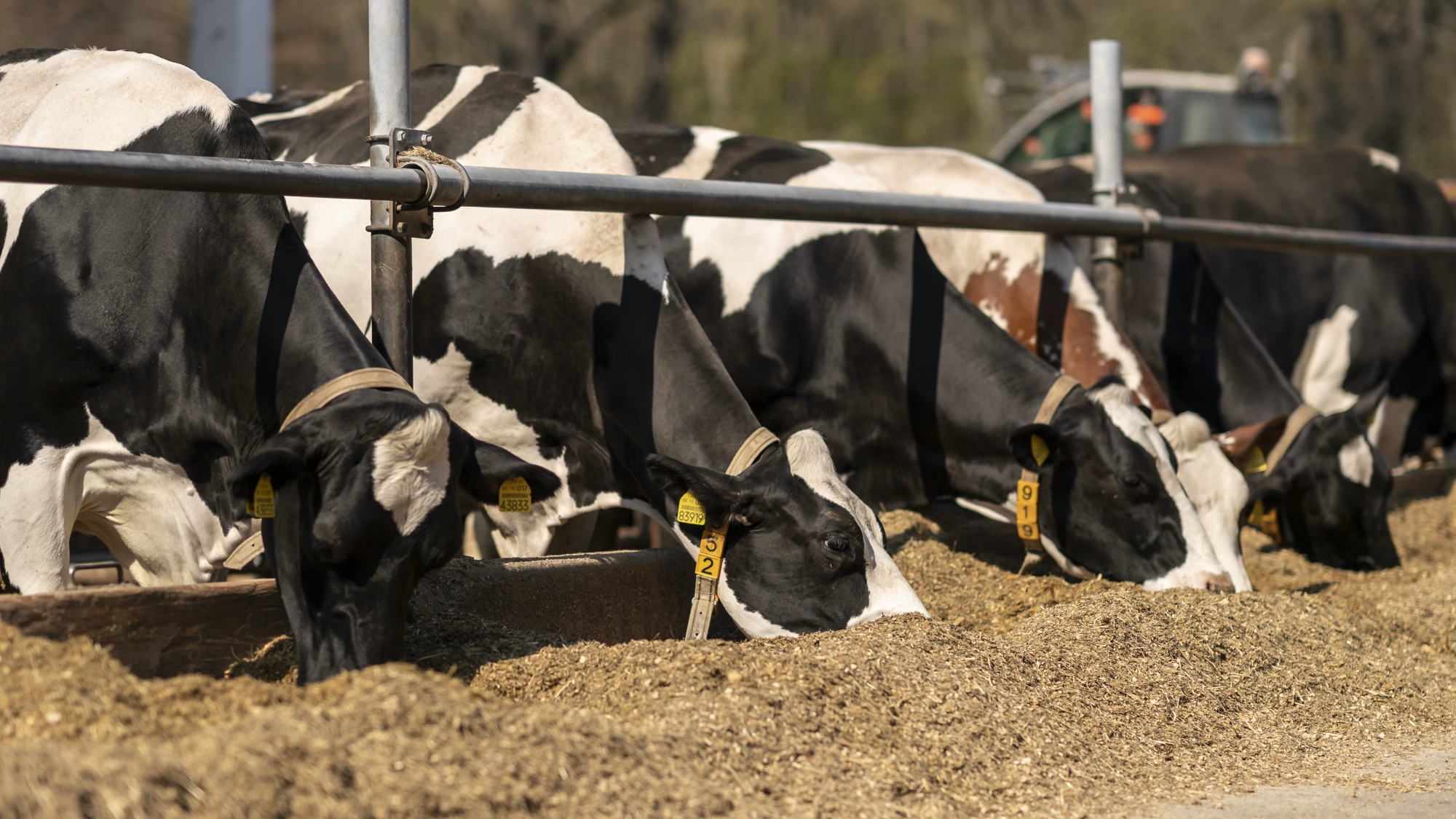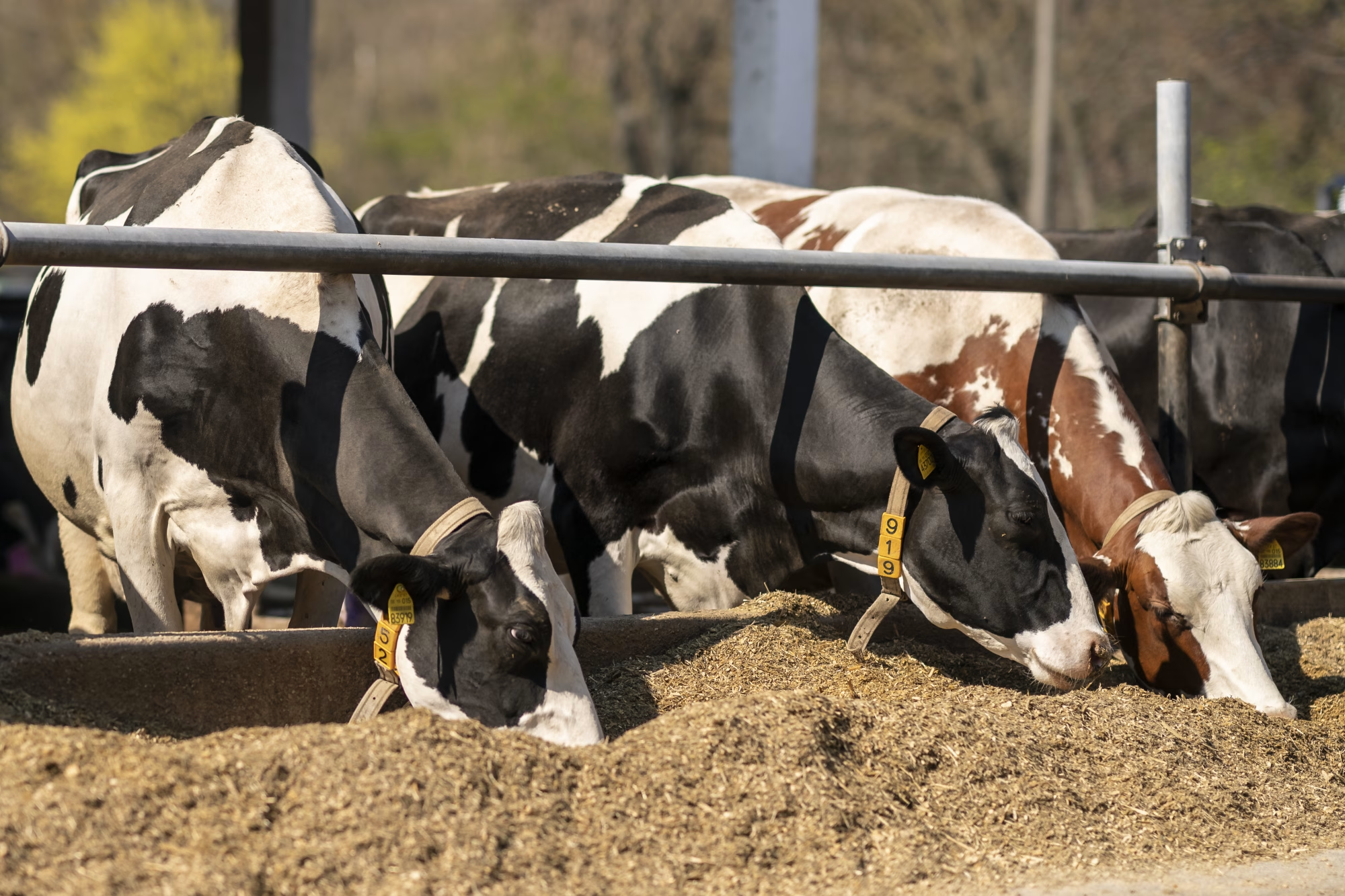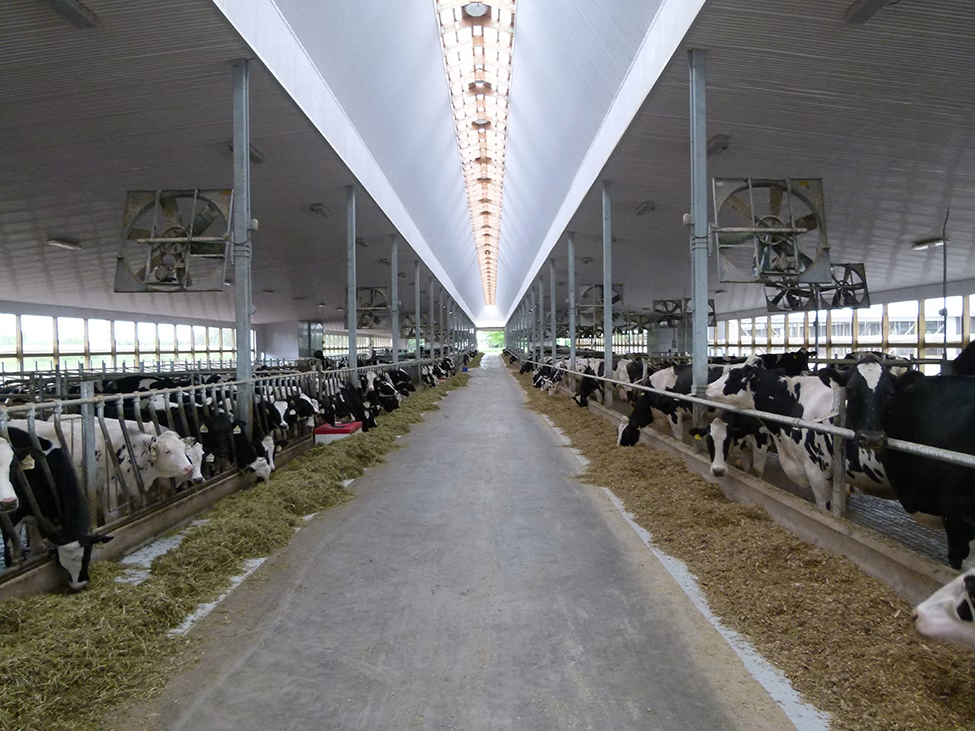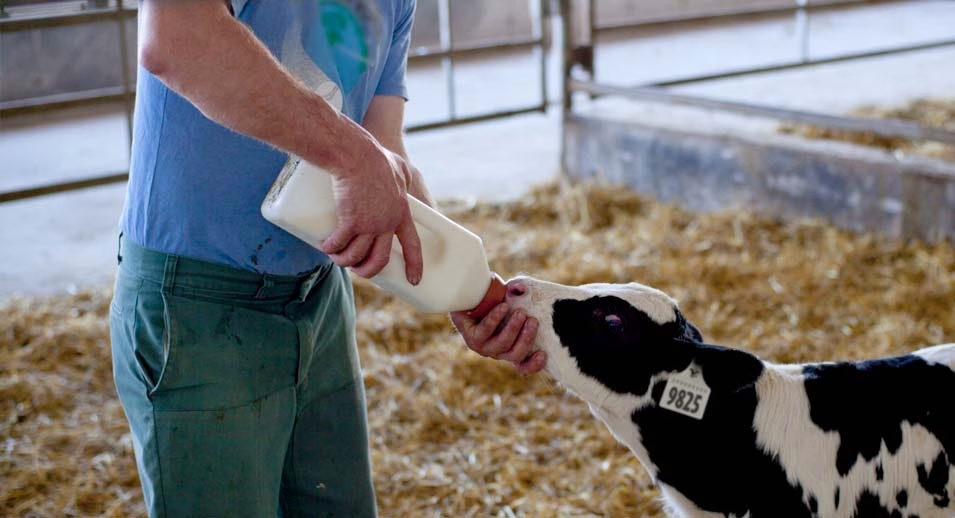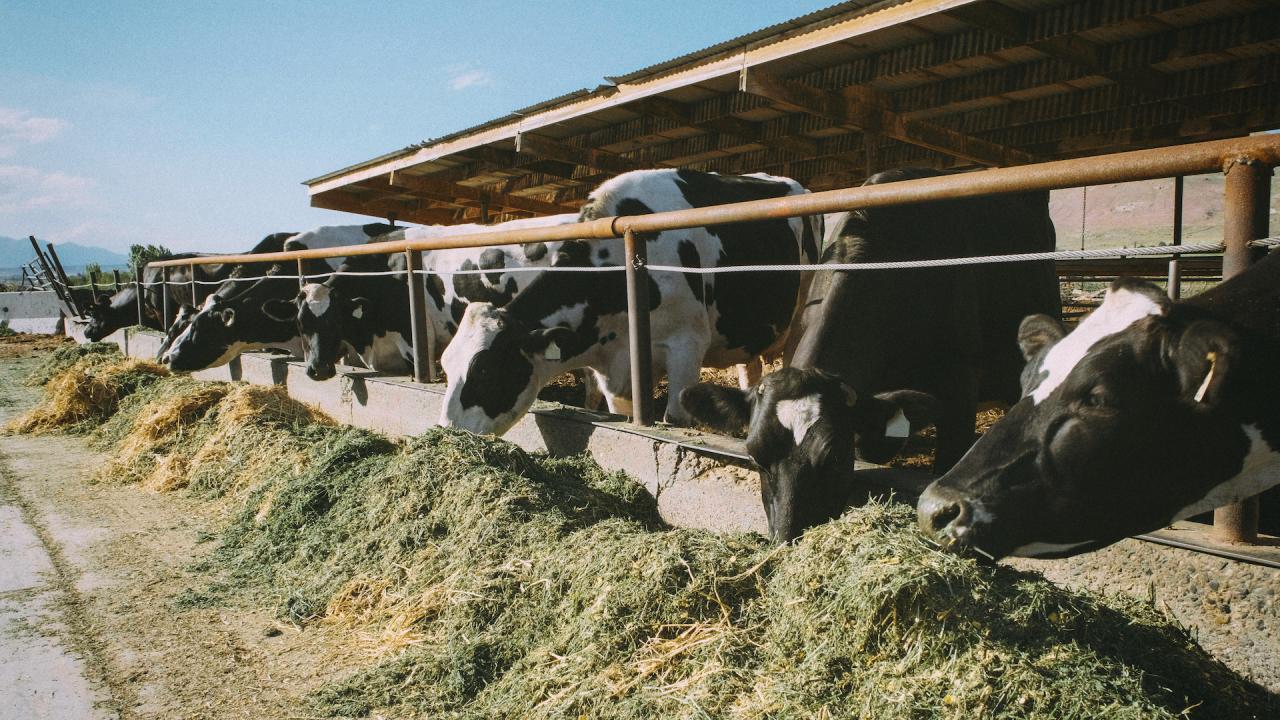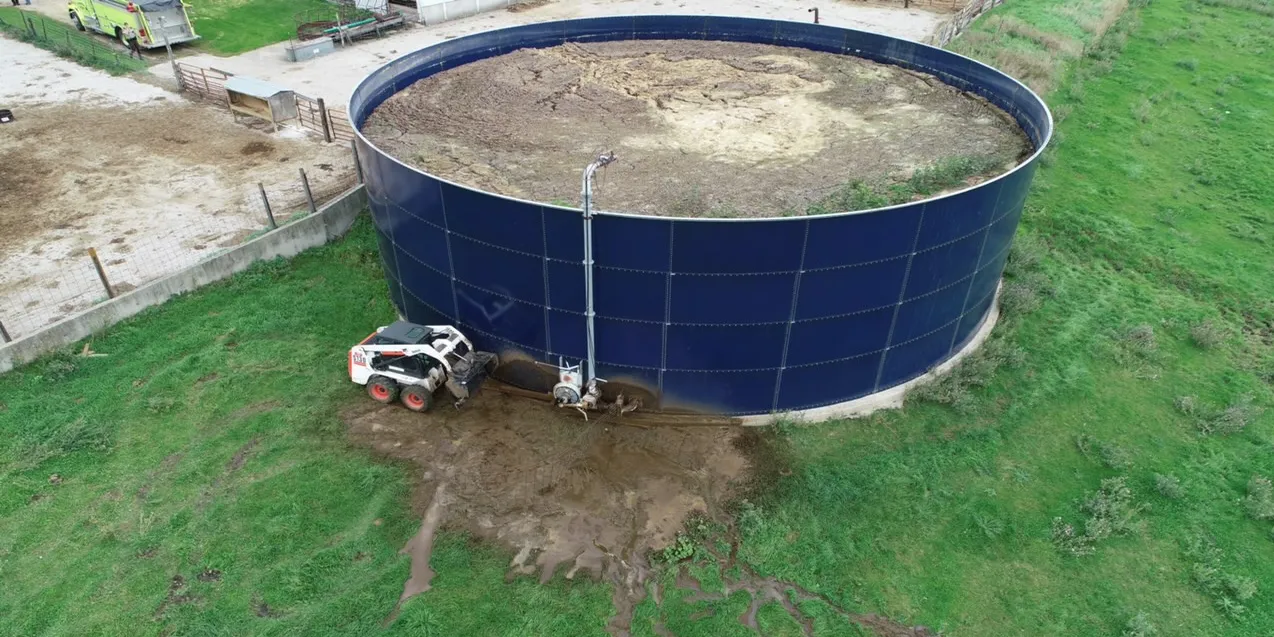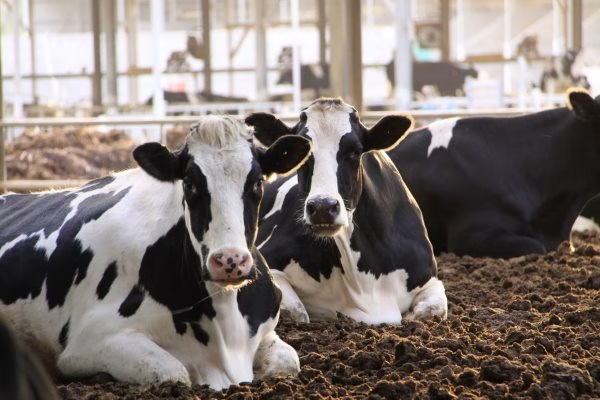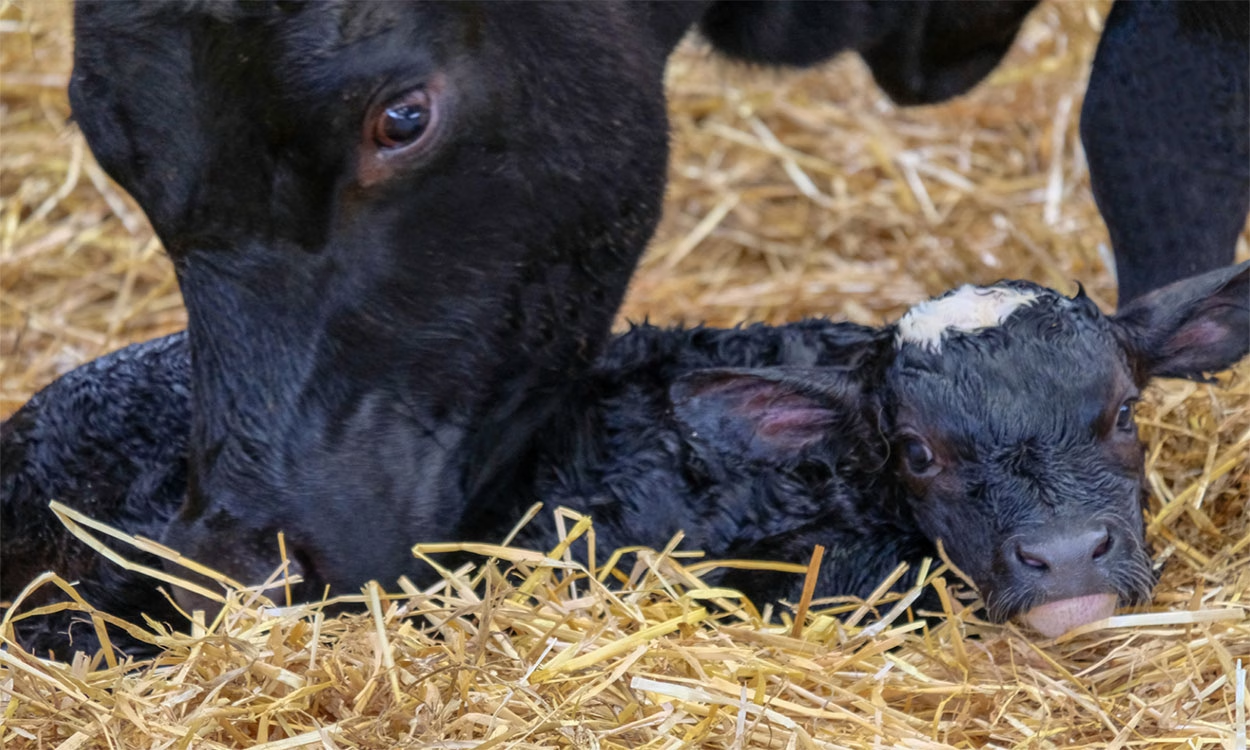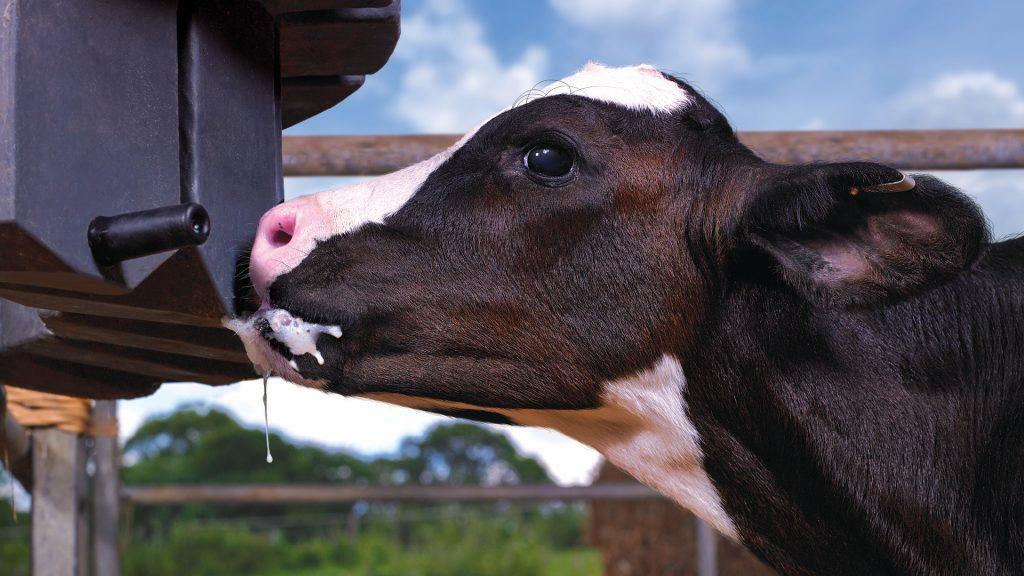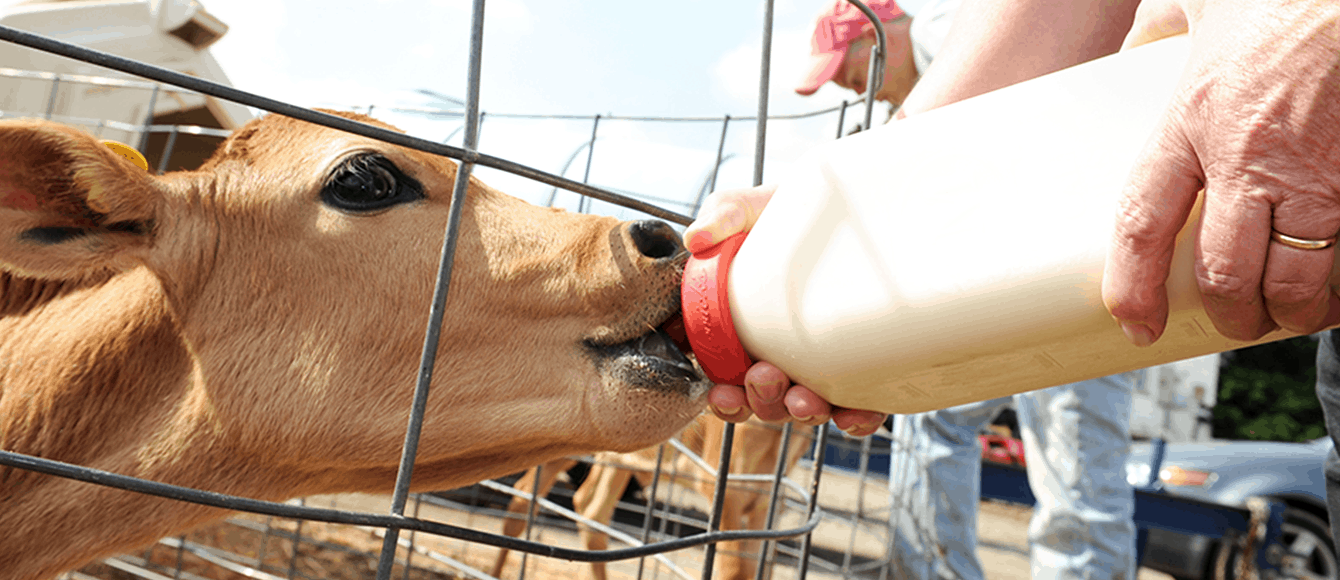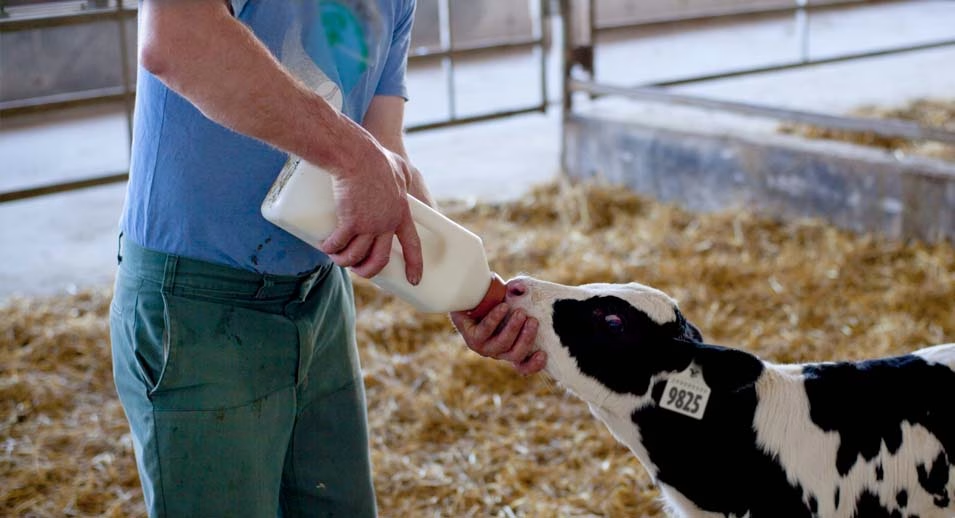See how precision tech like cow “Fitbits” is transforming dairy farming. Dive into changing consumer trends and key grants for dairy producers. Curious? Keep reading.
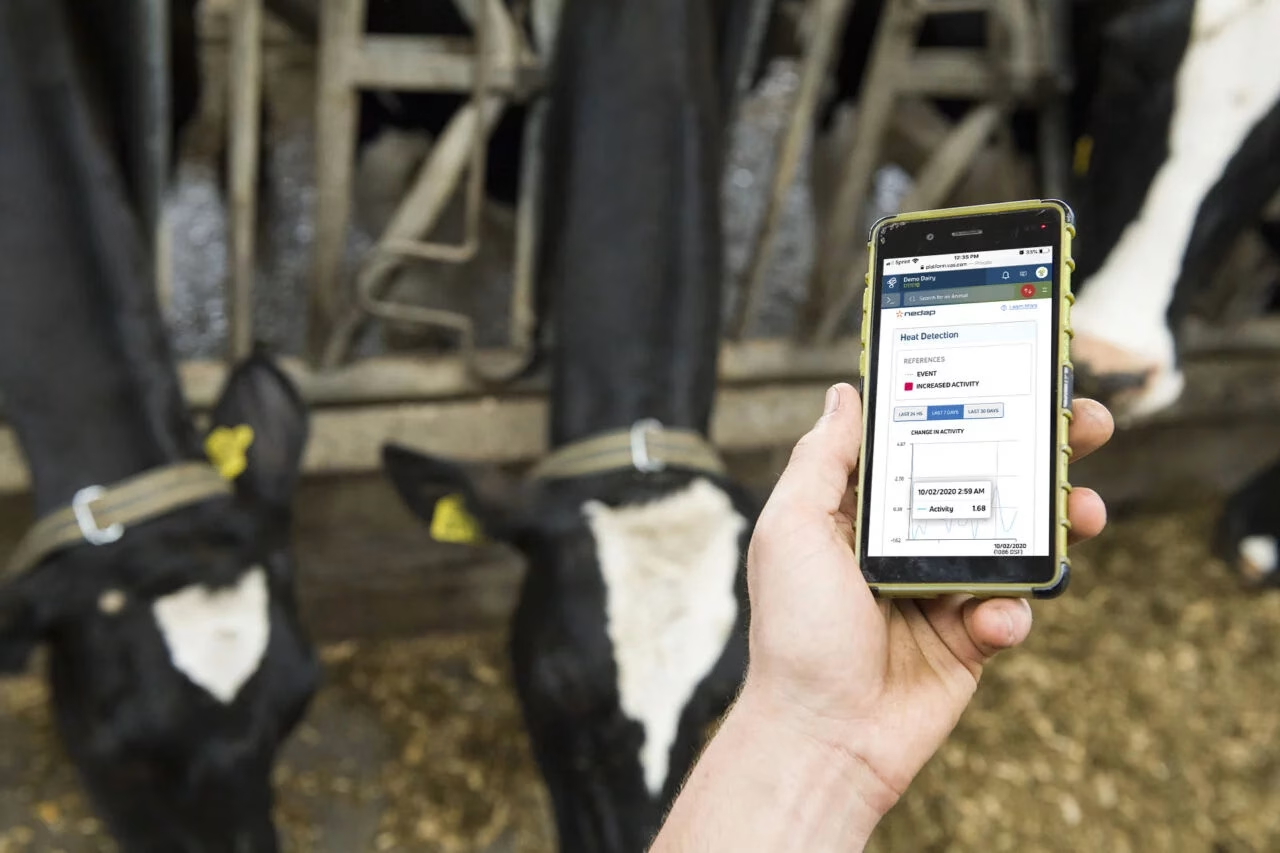
Dairy production is experiencing a seismic shift, reshaping the agricultural landscape in ways few could have foreseen. Over the last two decades, the Southeast—particularly Tennessee—has suffered a severe fall in dairy farms. Where there were once hundreds of productive dairies, Tennessee has just 132 throughout all 95 counties, a sobering reminder of the industry’s struggles.
Several reasons contribute to this decrease, including limited resources, poor net income, and a generational transition from agriculture. However, these obstacles provide fresh chances for innovation and progress. The emergence of precision technology, sometimes compared to ‘Fitbits’ for cows, and the introduction of value-added processing open up new opportunities for dairy producers to improve productivity and profitability. These improvements are more than just buzzwords; they represent practical tactics for adapting and thriving in a quickly changing environment.
“From automated milking systems to farmstead dairies producing cheese and yogurt, precision technology and value-added processing are not just options—they are lifelines for the modern dairy farmer.”
In an industry where survival depends on flexibility, adopting these technical and procedural advancements might be the difference between shutting a store and finding new success. As we investigate these new patterns further, we’ll see how they affect the future of dairy farming in the Southeast and beyond.
The Revolution in Herd Management: Precision Technology’s Role
Precision technology has transformed dairy production, making herd management more efficient and effective. Automated systems, similar to “Fitbits” for cows, represent a crucial advance. These technologies use wearable devices with sensors, such as leg tags, neck collars, and ear tags, to monitor various physiological and behavioral characteristics. But how do these technologies function, and what advantages do they offer to dairy farming?
How These Technologies Work
At their heart, these cow “Fitbits” collect real-time data on movement, eating habits, rumination, and even physiological changes. For example, a leg tag may measure a cow’s steps, laying time, and overall activity and a neck collar could track feeding and rumination time. This data is wirelessly relayed to a central system and analyzed using sophisticated algorithms. The technology may then alert farmers to any anomalies or trends that can suggest health problems or changes in reproductive status.
Benefits of Precision Technology
The advantages of implementing these precision technologies are manifold:
1. Improved Heat Detection
Heat sensing is crucial in dairy farming for proper breeding control. Automated technologies dramatically improve the accuracy of identifying cow estrus (heat) stages. Studies have shown that employing activity monitors may increase heat detection rates by 20% compared to standard observation techniques. This accuracy improves timing for artificial insemination, improving overall pregnancy rates and breeding program efficiency.
2. Enhanced Health Monitoring
Wearable technology plays a vital role in health monitoring. It warns early about health concerns such as lameness, mastitis, and metabolic abnormalities. Research shows that early diagnosis by continuous monitoring may minimize the occurrence of severe health issues by up to 30% [Journal of Dairy Science]. This enables quicker intervention, lowers veterinary expenses, and improves animal well-being.
3. Overall Herd Management
These technologies provide complete herd management by giving extensive information about the herd’s health and production. Farmers may make educated judgments about feeding techniques, housing conditions, and veterinary care using exact data. For example, farmers who used this technology reported a 15% increase in milk output and a 20% decrease in feed expenses due to optimal feeding schedules [nationaldairyboard.com].
The use of precise technology in dairy production represents a big step in modernizing agriculture, making it more sustainable and efficient. While the initial investment may be significant, increased output, lower expenses, and better animal welfare make it an appealing option for progressive dairy producers.
Economic Gains from Precision Technology in Dairy Farming
Dairy producers may benefit significantly from using precise technologies. Let’s examine how these technologies improve efficiency, lower labor costs, and increase milk output, resulting in a fantastic return on investment (ROI).
Improved efficiency is one of the most obvious benefits. Precision technology, such as automated milking systems (AMS) and wearable health monitors, helps simplify daily operations. Studies have indicated that AMS may improve milking frequency, resulting in an average yearly increase in milk output of 5-20% per cow [source: Journal of Dairy Science]. Furthermore, wearable health monitors enable early diagnosis of diseases, decreasing the need for reactive therapies and saving output losses.
When we look at labor cost reductions, the figures speak for themselves. Automated technologies may significantly decrease the need for human labor. For example, farms that use AMS have claimed labor cost reductions of up to 30% since milking duties are automated, enabling employees to concentrate on more strategic activities [source: National Milk Producers Federation]. Wearable devices like neck collars and leg tags replace hours of manual monitoring, enabling farmers to reallocate manpower to more vital regions.
Another significant economic consequence is increased milk output. Improved health monitoring ensures that cows remain healthy and productive. For example, early diagnosis of heat stress and rapid management may minimize productivity drops, leading to an overall gain in milk supply. Research shows farms adopting heat sensing devices may boost conception rates by 25%, resulting in more regular milk production cycles [source: Journal of Animal Science].
Looking at the possible return on investment (ROI), the initial money needed for these technologies may seem overwhelming. However, the financial rewards accumulated over time often outweigh these expenditures. According to a University of Kentucky research, the ROI with AMS is generally between 5-7 years, with financial advantages resulting from higher milk output and considerable labor cost savings. Similarly, herds that used precision health monitoring systems reported a return on investment within 3-5 years due to increased herd health and output consistency [source: University of Kentucky Cooperative Extension Service].
Adopting precision technology in dairy farming is more than simply keeping up with industry trends; it is a deliberate step toward more sustainable and financially rewarding agricultural techniques. Dairy producers should anticipate notable increases in efficiency, considerable labor cost savings, and a constant rise in milk output due to incorporating these technologies, all of which contribute to a strong ROI.
The Surge in Demand for Local Farmstead Dairy
Consumer tastes are changing, with a substantial trend toward locally produced farmstead dairy products. This trend is driven by people’s increased need for transparency and quality in purchasing decisions. Today’s dairy customers are more educated and conscientious, motivated by a desire to know where their food comes from and how it is produced. They are committed to helping local companies, which promotes a feeling of community and regional economic progress.
People are becoming more skeptical of mass-produced goods, driving them to rural alternatives that offer freshness and traceability. Transparency in industrial processes appeals to customers who want authenticity. Quality is another motivating element; locally produced dairy often has a better flavor and nutritional profile due to fewer preservation stages and shorter supply networks.
Several farmstead dairy enterprises in Tennessee have capitalized on this market trend with considerable success. Take, for example, Sweetwater Valley Farm. This dairy farm, located in Philadelphia, Tennessee, takes pleasure in producing artisanal cheddars that have earned a dedicated following. Sweetwater Valley’s dedication to quality and sustainability has established it as a fixture in local marketplaces.
Cruze Farm, near Knoxville, Tennessee, is another well-known producer of buttermilk, cream line milk, and soft-serve ice cream. This family-owned business has successfully developed over the years, adding multiple ice cream shops that please residents and visitors. Cruze Farm’s emphasis on traditional dairy farming practices and customer connection has significantly contributed to its popularity and success.
These success stories reflect a more significant trend: customers choose farmstead dairy products with a personal touch and a connection to the land and people who grow them. They are prepared to pay a premium for the peace of mind of knowing their purchases benefit local economies and promote sustainable practices.
Value-Added Processing: Transforming Raw Milk into Market Gold
Value-added processing converts raw milk into products with increased market value, such as cheese, ice cream, and yogurt. This strategy comprises product differentiation via processing, branding, packaging, and marketing. Value-added processing helps save dairy farms, particularly in declining areas.
Dairy producers may boost their profits by investing in value-added processing. Instead of selling raw milk for a low profit, processed goods might attract higher prices. For example, gourmet cheese and artisanal ice cream are sometimes sold for many times the price of raw milk, significantly increasing the producer’s profits. This added cash may be crucial for small- to medium-sized farms, assisting with sustainability and expansion.
Economic diversity is another significant advantage. Farmers may minimize their reliance on milk sales by selling various goods, including milk and cream, bespoke cheeses, and specialized yogurts. This diversity helps to reduce the risk of fluctuations in milk prices and market demand. For example, a Tennessee farm may diversify by making aged cheddar cheese, which can be preserved and sold as demand grows, maximizing profitability.
Successful instances of value-added goods abound. For example, Sweetwater Valley Farm in Tennessee has established itself as a producer of high-quality cheddar cheeses. Cruze Farm, located in Tennessee, has succeeded by concentrating on grass-fed dairy products, such as ice cream and buttermilk, which appeal to customers looking for natural and locally produced alternatives. These approaches improve the farm’s financial health, foster deeper community relationships, and increase client loyalty.
By adopting value-added processing, dairy farmers can build a robust business model that capitalizes on local demand, taps into specialized markets, and offers a sustainable income, ensuring that their businesses endure for generations.
Securing the Future of Dairy: Financial Aid for Precision Technology and Value-Added Processing
Navigating the financial environment of precision technology and value-added processing may be difficult, but grants and financial assistance are available. Programs like the Southeast Dairy Business Innovation Initiative (SDBII) and USDA funding help dairy companies modernize and boost profitability.
Southeast Dairy Business Innovation Initiative (SDBII)
The SDBII, funded by USDA Agricultural Marketing Services, offers multiple grant opportunities that can be game-changers for dairy businesses. These include:
- Precision Technology Grants: Focused on investing in advanced technologies such as robotic milking systems or health monitoring wearables. This grant can help cover initial costs, often the most significant barrier.
- Farm Infrastructure Improvement Grants: These grants are ideal for upgrades necessary to incorporate precision technologies or enhance production facilities (e.g., improving feed bunk spaces or constructing new barns).
USDA Grants
USDA also offers several other grants tailored to dairy producers:
- Dairy Business Innovation (DBI) Initiatives: These grants support the development, production, marketing, and distribution of dairy products. They are handy for operations looking into value-added activities like cheese or ice cream production.
- Value-Added Producer Grants (VAPG): These grants can help producers enter value-added activities, offering planning and working capital to turn raw milk into more profitable products.
- Environmental Quality Incentives Program (EQIP): This program aims to promote conservation by assisting dairies in implementing more sustainable practices and indirectly supporting high-tech upgrades.
Tips for Applying and Maximizing Benefits
Applying for these grants can be competitive and intricate, but with the right approach, you can significantly increase your chances of success:
- Clear Plan: Develop a comprehensive plan detailing using the funds. Be specific about the technologies or processes you wish to adopt and the expected benefits.
- Solid Data: Use performance data and market research to support your application. Demonstrating a thorough understanding of your business’s current state and future potential can set your application apart.
- Professional Consultation: Consider hiring a grant writer or consultant specializing in agricultural grants. Their expertise can streamline the application process and improve the quality of your submission.
- Leverage Networking: Engage with local agricultural extension offices or industry groups. They often provide resources and support to help you navigate the application process.
- Follow-up: After submission, ensure your application is in good standing and respond promptly to any requests for additional information. By taking advantage of these financial supports and strategically navigating the application process, dairy producers can significantly mitigate the costs associated with adopting precision technologies and value-added processing, paving the way for a more efficient, profitable, and sustainable future.
Mastering the Challenges of Precision Technology in Dairy Farming
Adopting precise technology in dairy production is not without challenges. Dairy farmers often face high startup expenses, complex integration challenges, and an urgent need for continued technical help. These difficulties seem formidable, so let’s break them down separately and look for realistic answers.
Initial Costs: A Major Barrier
Investing in precise technology requires a significant initial financial commitment. This may be a substantial impediment for many dairy producers, particularly those in smaller businesses. However, seeing this as a strategic investment rather than a mere expenditure is critical. Farmers may reduce expenditures by exploring financial assistance sources. The USDA, for example, provides particular funds via programs such as the Dairy Business Innovation Initiative. Leveraging these subsidies may significantly reduce the upfront investment.
Integration Issues: Streamlining Systems
Integrating new technology into current systems is typically a logistical problem. Different brands and kinds of technology may not interact well with one another, complicating the data integration process. To overcome this, using technologies that are renowned for their compatibility might be useful. Additionally, working with a technology integrator—someone who specializes in bringing disparate systems together—can be a good investment.
Technical Support: An Ongoing Necessity
Even the most modern technology is only as dependable as its support infrastructure. It is critical to provide enough technical assistance. Before purchasing, look at the service agreements and support mechanisms that come with the technology. It is not just about resolving difficulties when they emerge but also about providing continual training and updates. Peer support may be quite beneficial in this situation. Networking with other dairy farmers using comparable technology lets you share troubleshooting ideas and best practices. Consider joining local or regional dairy groups and precision agriculture-specific internet forums.
Practical Advice: Strategies for Overcoming Challenges
To overcome these challenges, dairy farmers should adopt a multi-faceted approach:
- Leverage Financial Aid: Take advantage of grants and financial aid programs. These can significantly reduce the financial burden of initial costs.
- Seek Expert Advice: Consult with technology integrators and choose systems known for their interoperability. Partnering with experts can simplify the integration process.
- Build a Support Network: Cultivate relationships with peers with precision technology experience. Sharing insights and advice can streamline the adoption process.
By strategically navigating these challenges, dairy producers can integrate precision technology, fostering greater efficiency and sustainability in their operations.
Looking Towards Tomorrow: The Future of Dairy Farming
As we look forward, the future of dairy farming is a landscape complete with opportunities but also fraught with problems. Over the next decade, technology improvements are expected to significantly alter the business, but this will require careful planning and wise investments.
Technological Advancement: The Next Frontier
Incremental developments will continue to play an essential role in improving efficiency. While existing technology like cow “Fitbits” and automated milking systems help with herd management, future advances offer even more control and intelligence. Expect to see improved versions of these devices combined with more advanced software systems. These tools might evaluate more complicated data sets, providing insights beyond our capabilities.
The Role of AI and Machine Learning
Artificial intelligence (AI) and machine learning might be game changers. These technologies can handle massive volumes of data from many sources, resulting in predictive analytics that can identify problems before they occur. AI, for example, may improve feeding plans using real-time data or even identify health issues before they become symptoms. It’s possible that within a few years, we’ll have fully integrated systems that combine data from soil sensors, livestock trackers, and climate monitors to provide actionable insights.
Consumer Trends: Driving the Market.
Consumer behavior will continue to drive change. The desire for local farmstead dairy products is not a fad but a real market trend. Consumers are increasingly choosing items that are viewed as healthier, more ethical, and ecologically beneficial. Dairy farmers may benefit from this by stressing openness and sustainability. Farmstead enterprises, which process and sell milk locally, may fulfill demand while increasing profits.
A Conservative Approach: Balancing Tradition and Innovation.
From a conservative standpoint, balancing using technology and sticking to tried-and-true agricultural techniques is critical. While pursuing the newest breakthroughs is enticing, the emphasis should be on efficient resource usage and sustainable practices. This entails investing in technology with a demonstrable ROI and integrating it in ways that complement, rather than disturb, current operations.
Staying competitive and sustainable
To remain competitive, dairy farmers must broaden their tactics. Precision technologies and value-added processing provide tremendous opportunities. Use available grants and financial help to boost technology adoption and infrastructural upgrades. Participate in community and industry organizations to exchange ideas and learn from others.
To summarize, the future of dairy farming offers continuing innovations that, when intelligently incorporated, may help farms stay competitive and sustainable. Adopt technology wisely, meet customer expectations, and always emphasize sustainable practices.
The Bottom Line
As previously noted, the transformational potential of precise technology and value-added processing in dairy production cannot be emphasized. These instruments boost production and efficiency while providing farmers with valuable herd management and health data. The increase in consumer demand for local farmstead dairy products highlights the significance of diversifying to remain competitive and fulfill market demands.
Adopting these technologies and procedures has problems, including more significant upfront costs, system integration, and ongoing technical assistance. However, with accessible financial help and incentives like those from the Southeast Dairy Business Innovation Initiative, farmers may modernize their businesses without incurring all the financial responsibilities up front.
Finally, adopting these developments is critical for dairy farms’ long-term viability and profitability in a rapidly changing sector. Are you ready to invest in your dairy farm’s future and set the standard for innovation? The decisions you make now will decide your farm’s legacy tomorrow.
Summary:
This article explores how precision technology revolutionizes dairy farming by enhancing heat detection, health monitoring, and overall herd management. Systems like “Fitbits” for cows lead to significant economic gains while addressing the rise in consumer demand for local farmstead dairy products and the importance of value-added processing. It covers the challenges of implementing precision technology, such as high initial costs and the need for technical support, and offers strategies to overcome these hurdles. It also envisions a future driven by AI and machine learning, balancing tradition with innovation to remain competitive and sustainable. Although declining in the Southeast due to limited resources and generational shifts, dairy production in the Southeast finds new opportunities in precision technology and value-added processing, supported by financial aid programs like the SDBII and USDA funding.
Key Takeaways:
- Precision technology in dairy farming significantly enhances herd management, increasing efficiency and reducing manual labor.
- Technologies like wearable tags for cows, automated milking systems, and advanced data management improve heat detection, health monitoring, and overall herd management.
- The economic benefits of precision technology include increased productivity and better resource management.
- There is a growing consumer demand for local farmstead dairy products, driven by a preference for fresh and locally sourced goods.
- Value-added processing transforms raw milk into higher-margin products like cheese, ice cream, and yogurt, offering dairy farmers new revenue streams.
- Grants and financial aid are available to support the adoption of precision technology and value-added processing in dairy farming.
- Challenges include high initial costs, integration issues, and the need for ongoing technical support, but strategies exist to overcome these obstacles.
- Future advancements in AI and machine learning are expected to enhance precision technology in dairy farming further.
- Maintaining a balance between traditional practices and innovative technologies is crucial for sustainability and competitiveness in the market.
Learn more:
- Embracing the Future: The Latest Innovations in Dairy Technology and their Impact on the Industry
- Harnessing Technology, Tools, and Innovative Practices to Empower Dairy Farmers
- Top 7 Data Points to Track for Optimal Herd Performance
 Join the Revolution!
Join the Revolution!
Bullvine Daily is your essential e-zine for staying ahead in the dairy industry. With over 30,000 subscribers, we bring you the week’s top news, helping you manage tasks efficiently. Stay informed about milk production, tech adoption, and more, so you can concentrate on your dairy operations.







 Join the Revolution!
Join the Revolution!
 Download our Dairy Farmers Guide to Stress-Free Calvings
Download our Dairy Farmers Guide to Stress-Free Calvings





